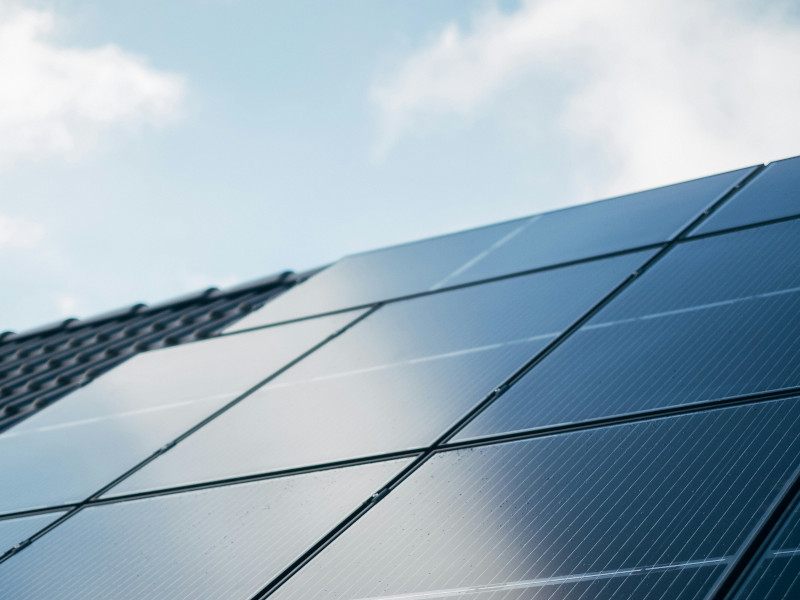Predicting Solar Power Output with Satellite Data: A cutting-edge approach for monitoring smaller solar PV installations
by Dr. Gareth Thomas (STFC), Jack Barber (Amira Technologies), Konrad Hayes (Ecovision), Dora Hegedus (RAL Space)
EOCIS has partnered with STFC RAL Space and two UK companies to use satellite observations to improve the monitoring and management of small and medium-sized solar power systems across the UK.


In the growing renewable energy sector, accurate forecasting and performance monitoring of solar power systems is key to optimising energy production and maintenance. One of the most innovative solutions to this challenge comes from combining satellite-derived data with advanced machine learning models. A system supported by EOCIS and developed by RAL Space, Amira Technologies and Ecovision is doing just that; using near-real-time satellite data to predict the power output of small and medium-sized solar-panel installations across the UK.

The system harnesses data from the Meteosat-10 weather satellite, which provides high-resolution images of Earth up to every 15 minutes. These are processed, within an hour of observation, by RAL Space to provide the amount of sunlight reaching the ground (known as insolation) across the entire UK, based on the observed cloud properties and atmospheric conditions. This information, along with meteorological forecasts, is then fed into a machine learning-based solar-generation model developed by Amira Technologies. The model, trained on vast amounts of historical performance data from solar installations, uses the satellite-derived insolation values to forecast the power output of individual solar systems. The model is capable of predicting how much electricity each installation should generate, taking into account variables like cloud cover, weather conditions and geographical location.

Map showing the amount of energy per square metre reaching the ground in the form of sunlight, known as the insolation. This data comes from satellite imagery at 12pm on the 15th Sept 2024.
The system is not only used to predict power output but also to monitor the performance of a portfolio of approximately 18,000 solar installations. Managed by Ecovision, these installations span across private homes and businesses in the UK. Using the system, Ecovision can track the real-time performance of each system, identifying underperforming units that may require maintenance or adjustments. By detecting problems early, the system helps to reduce downtime, improve energy production efficiency, and ensure optimal performance across the entire portfolio.
This satellite-based approach to solar power prediction and performance monitoring represents a significant leap forward in the management of solar energy systems. It combines the power of space-based observations with advanced machine learning to provide highly accurate, real-time insights that can optimize the efficiency and reliability of solar energy generation on a massive scale. As the technology continues to evolve, it promises to enhance the scalability of solar energy systems and support the global transition to cleaner, renewable energy sources.
